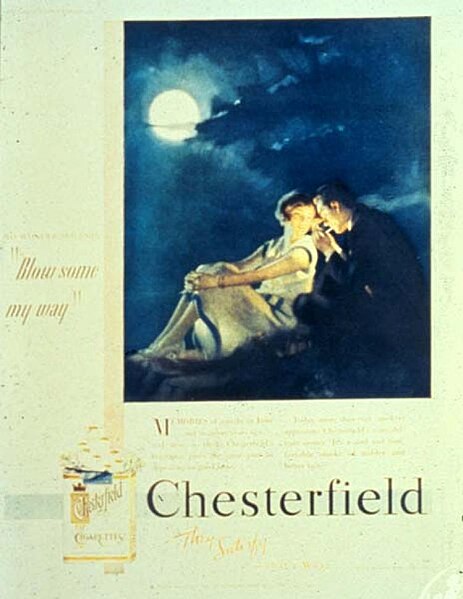I’ve
been busy. I finished a writing assignment that I’ve been working on for months, and I finished my new novel’s asterisk edit.
This
is probably the first time you’ve ever heard of an “asterisk edit.” Because I
made the term up.
 |
| "Aunt Sophie," courtesy of Wikimedia Commons. |
Here’s
how it works. You’ve just finished your first draft of your latest novel. You
celebrate (or weep). Likely both. Celebrate because “Hey, the first draft is
finished!” Weep because a first draft is a celebration of everything that can
go wrong on a page…and now you have to fix it.
You
begin to edit. You fix, rewrite, rearrange, etc. But sometimes you’re not sure.
You need a beat in certain spot but you’re not sure what type. Or something is
wrong with a scene opening, and again, you’re not sure what. Or you think you
already dropped a clue about Aunt Sophie’s fling in Paris in the ’20s, but you
don’t know where. Or you need to verify a fact on Google. All of these things
can really slow down your first edit—because spending an hour trying to figure
out what brand of cigarette Aunt Sophie would have smoked in Paris is going to
take you out of the plot and voice. When I run into something like that, I
stick in a single asterisk into the text and leave myself a note in the text in
parentheses. Then, I plow ahead.
After
the grand first edit is complete, I begin the asterisk edit. Using the “Find”
feature of Word (far right side on the top of the tool bar under “Home”), I
type in an asterisk and Word will bring up all the asterisks I added to the
manuscript. One by one, I deal with each asterisk, until they are all gone.
Sometimes I can do a dozen asterisks a day. Sometimes one—it took several hours
to discover Aunt Sophie may have rolled her own cigarettes.
For
my current manuscript, I had 71 asterisks—in a document that is currently
75,000 words. Not too bad.
By
the end of the asterisk edit, the novel is in decent shape. I’ve patched the
plot holes, added in beats, and verified all historical issues. The next step
is the voice edit. But that’s another post.
No comments:
Post a Comment